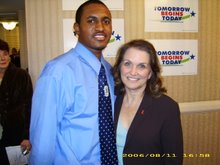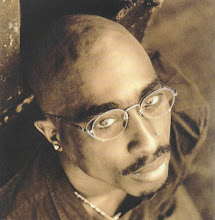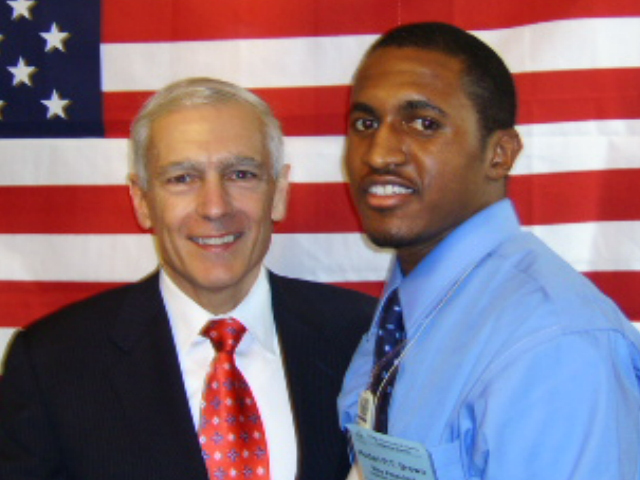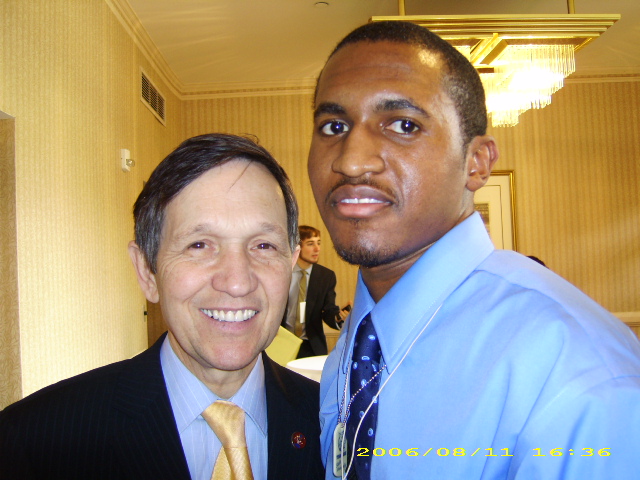
April 29 will be the 100th day of Barack Obama’s presidency.
The “100 days” concept has had mythical status since the days of the New Deal, when Franklin D. Roosevelt made history with a blizzard of bold federal actions. And reporters have been addicted to stories around this milestone in every administration since.
White House senior adviser David Axelrod calls the 100th day a “Hallmark holiday,” an essentially artificial event with no genuine significance. But he and his colleagues also know the reality: The early-verdict stories are going to be written, creating both a challenge and opportunity for the new president.
So senior White House aides are playing the game with relish, doling out made-to-order anecdotes and what-it-means analytical insights to help reporters write their 100 days pieces. You can already see the results in a spate of stories that — thanks to competitive pressures — editors are deciding to publish before the actual 100th day.
Full disclosure: POLITICO plunged in with our furrowed brow appraisal of Obama’s first 100 days, which will be published on Friday in a special glossy 100 Days magazine.
For that story, we spoke to top White House officials. So it’s with some authority that we can offer this user’s guide to 100 days stories.
Here are seven things the White House wants reporters to write:
Obama is a promise-keeper.
The White House is pushing back against what it realizes is a dangerous perception that Obama may be trying to do too much, too fast — and cynically exploiting the economic crisis to push through unrelated agenda items. Aides are urging reporters to reread his campaign speeches, dating back to 2006, to see that Obama was upfront with voters on his big ambitions. They are basically right.
Of course, there was never talk of a $787 billion stimulus plan or a $3.6 trillion budget or $1 trillion-plus deficits during those campaign speeches. Look for the 100 days stories to be loaded with full-throated defenses of Obama’s swing-for-the-fences approach.
Obama is a game-changer.
The White House is worried that the public does not sufficiently grasp Obama’s view that his ideas fit together in a coherent strategy to force massive change in government, the financial sector and, ultimately, people’s lives. Obama took a crack at telling this story himself in a recent speech at Georgetown.
The press didn’t really bite. The Wall Street Journal’s Jerry Seib last week wrote a column on how that was the objective of the speech. But there have been few stories that have detailed the president’s broader vision. The obsession with the 100 days milestone is a perfect opportunity for the president’s message-framers to try again.
Obama is the decider.
White House officials always portray Obama as the man in charge of important meetings, zinging tough questions at everyone in the room and seeking dissent before he quietly makes his final calls. Reporters love the insider anecdotes that bring moments like these to life.
The Los Angeles Times rolled out its 100 days story on Sunday, 10 days before the big event. The paper’s money quote (or moment) was when Obama warned banking executives: “Be careful how you make those statements, gentlemen. The public isn’t buying that. My administration is the only thing between you and the pitchforks.”
The exchange wasn’t new; POLITICO’s Eamon Javers reported it on April 3. But it was powerful nonetheless — and great for the Times story and Obama.
Obama’s not in the bubble.
Look for more stories about how the president reads 10 letters from ordinary Americans every day, often responds in his own hand and sometimes calls Cabinet secretaries to share the insights he learns. The story has been done already by ABC, The Washington Post and The New York Times, which published it in the Monday edition.
It’s an irresistible story line for the press — and priceless for Obama. By all appearances, the accounts are on the level. But they are also getting a bit overexposed. Look instead for insider details of how Obama has grown tired of the cable chatter and increasingly presses aides to get him out of town and in touch with normal people.
Obama is not FDR.
In the 2008 campaign, the Obama team was good at expectations management. It’s a skill it has carried into the White House.
Aides know there is a danger in investing too much in an essentially bogus journalistic convention that supposes Obama can reshape Washington and the world in 100 days. These times are different than the those of the New Deal, they say, and it will take time for Obama’s version of “bold, persistent experimentation” to take root in meaningful ways.
Obama is FDR.
Even as they officially distance themselves from it, White House aides make clear they love the New Deal analogies. Obama and many aides have read “The Defining Moment,” journalist Jon Alter’s history of FDR’s 100 Days.
As they peer into history’s mirror, Obama aides see themselves implementing dramatic change in a time of crisis and earning themselves starring roles in books written decades from now. More immediately, they have a strong incentive to cast George W. Bush as this generation’s Herbert Hoover.
Obama is one cool cucumber.
The White House loves the image of a calmly competent president who never loses his head — or his temper — under the pressure of the once-in-a-lifetime recession and two wars. We have no reporting to suggest he does lose his cool. But it would be rare to ever get reporting on such scenes of chaos and frayed nerves — common in most West Wings — this early in a presidency.
Reporters, including those at POLITICO, dine out on details of how Obama works out, watches ESPN, socializes with friends and walks his dog to keep his mind and soul at peace in office. These are easy nuggets for the president’s aides to hand out to the press because they only make Obama look more normal and more in control of his life. We all eat them up.


























No comments:
Post a Comment